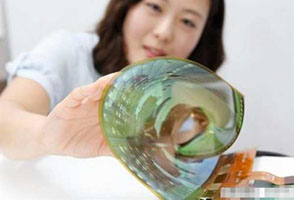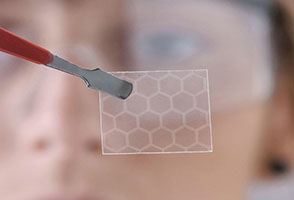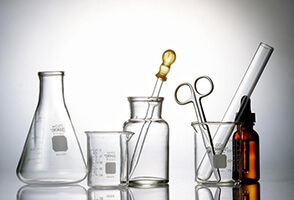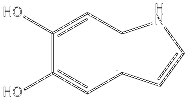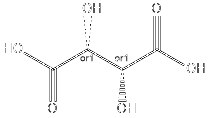| Identification | ||
| Name |
|
Grela 2nd Generation |
| Synonyms |
|
nitro-Grela |
|
|
||
| Molecular Structure |
|
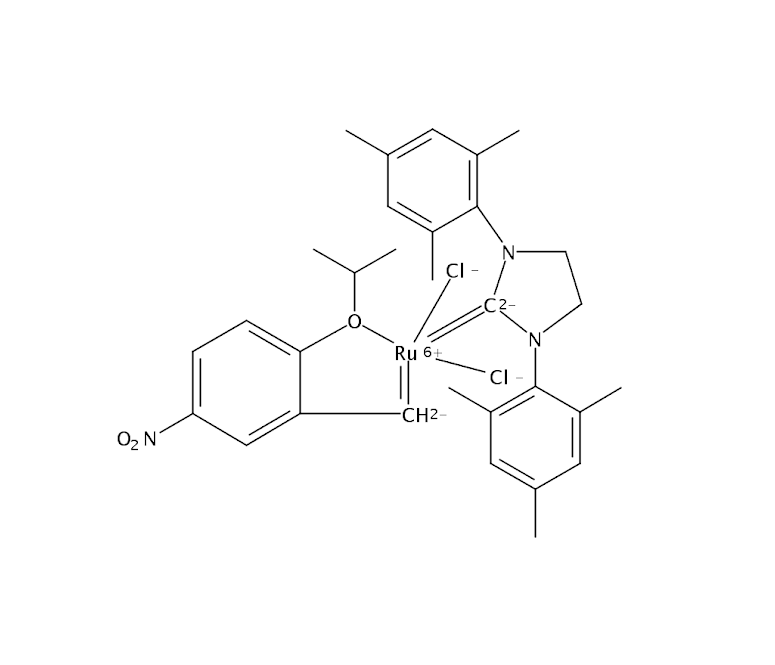 |
|
|
||
| Molecular Formula |
|
C31H36Cl2N3O3Ru |
| Molecular Weight |
|
670.62 |
| CAS Registry Number |
|
502964-52-5 |
|
EINECS |
|
|
| Properties | ||
| Color |
|
green |
|
Boiling point |
|
>300 ºC |
| Form |
|
Powder |
| Storage Condition |
|
2-8 ºC |
|
|
||
|
|
||
|
|
||
I. Applications of GRELA 2nd Generation Catalyst
1.Polyolefin Production
Mainly used in industrial-scale production of high-density polyethylene (HDPE), linear low-density polyethylene (LLDPE), and isotactic polypropylene (iPP).
Enables precise control over polymer molecular weight distribution, branching, and stereoselectivity, making it suitable for high-end plastics (e.g., transparent packaging materials, high-impact automotive components).
2.Comonomer Incorporation
Exhibits higher activity for α-olefin copolymerization (e.g., 1-butene, 1-hexene), producing copolymers with superior mechanical properties.
3.Energy-Efficient Processes
Can operate at lower temperatures/pressures in some cases, reducing energy consumption.
II. Comparative Analysis with Alternatives
1. Comparison with Ziegler-Natta (Z-N) Catalysts
|
Parameter |
GRELA 2nd Gen Catalyst |
Traditional Z-N Catalyst |
|
Activity |
Higher (improved yield per metal center) |
Lower, requires excess cocatalyst (e.g., AlEt₃) |
|
Stereoselectivity |
Excellent (isotacticity >99%) |
Requires external donors, less selective |
|
Copolymerization |
Efficient long-chain α-olefin incorporation |
Uneven comonomer distribution, blocky structures |
|
Product Purity |
Low metal residue, no need for deashing |
Requires post-treatment to remove residues |
|
Cost |
Higher (proprietary technology) |
Low-cost, mature industrial process |
2. Comparison with Metallocene Catalysts
|
Parameter |
GRELA 2nd Gen Catalyst |
Metallocene Catalysts |
|
Structural Flexibility |
Tunable ligands but somewhat limited |
Highly customizable (e.g., Cp ligands) |
|
Polar Monomer Tolerance |
Some systems tolerate polar monomers |
Generally sensitive to polar impurities |
|
Process Compatibility |
Adapts to existing Z-N equipment |
Requires strict oxygen/moisture-free conditions |
|
Cost |
Lower than metallocenes |
Expensive (requires MAO cocatalyst) |
III. Key Advantages
High Activity & Selectivity: Single-site characteristics minimize side reactions, ensuring product uniformity.
Eco-Friendliness: Low metal residues, compliant with food/medical-grade material standards.
Process Adaptability: Balances metallocene performance with Z-N cost efficiency.

